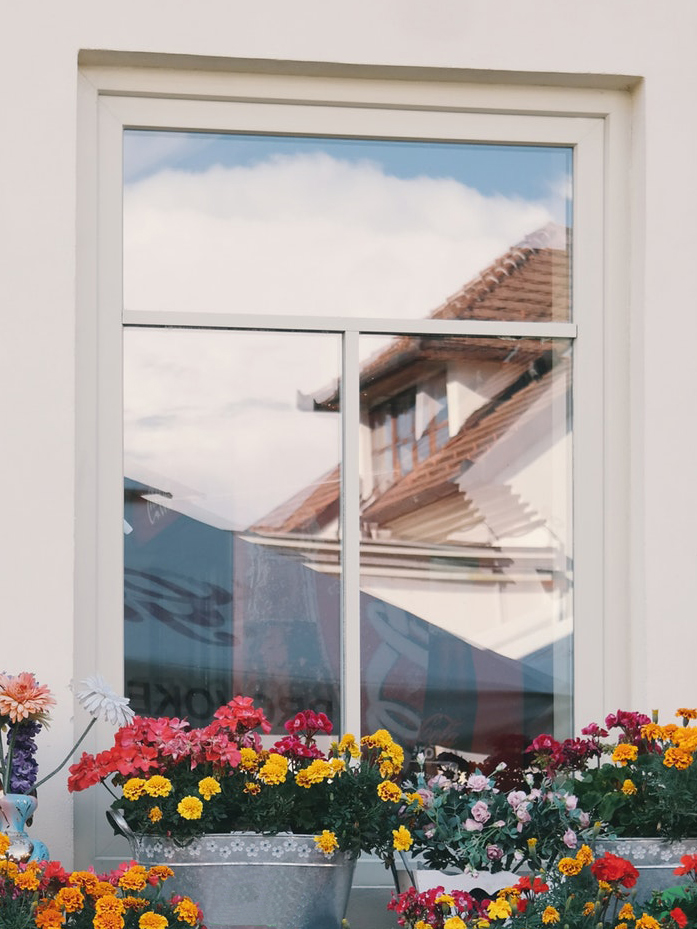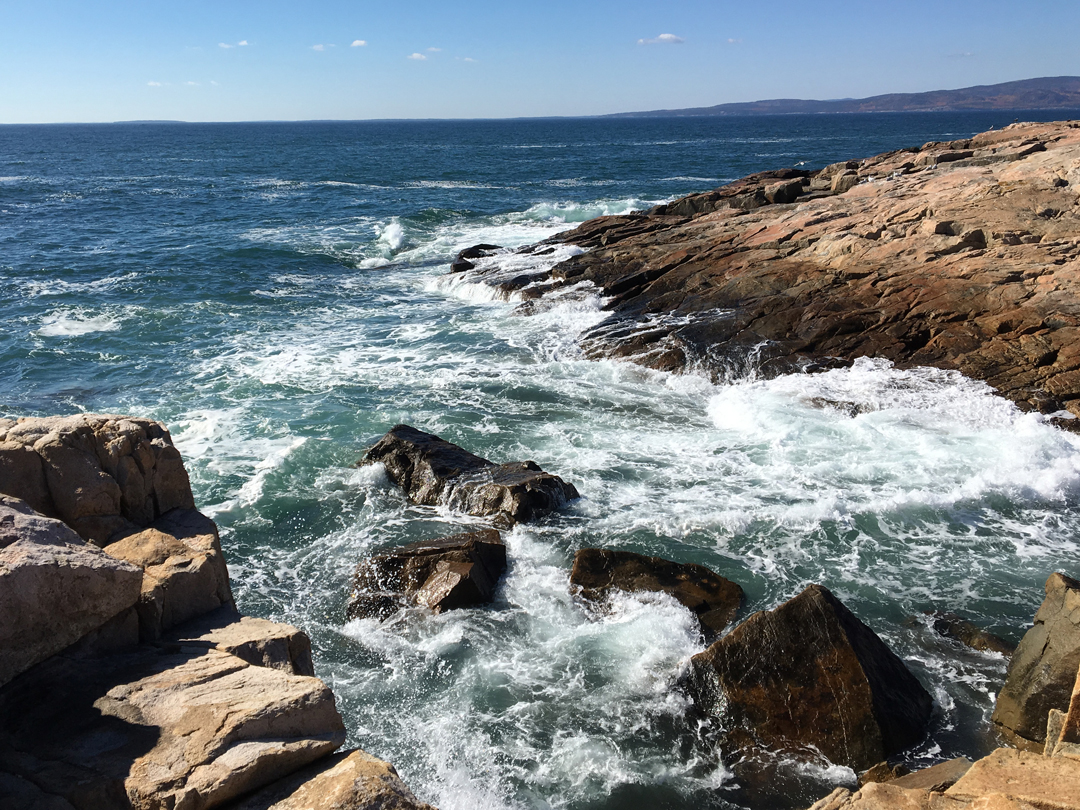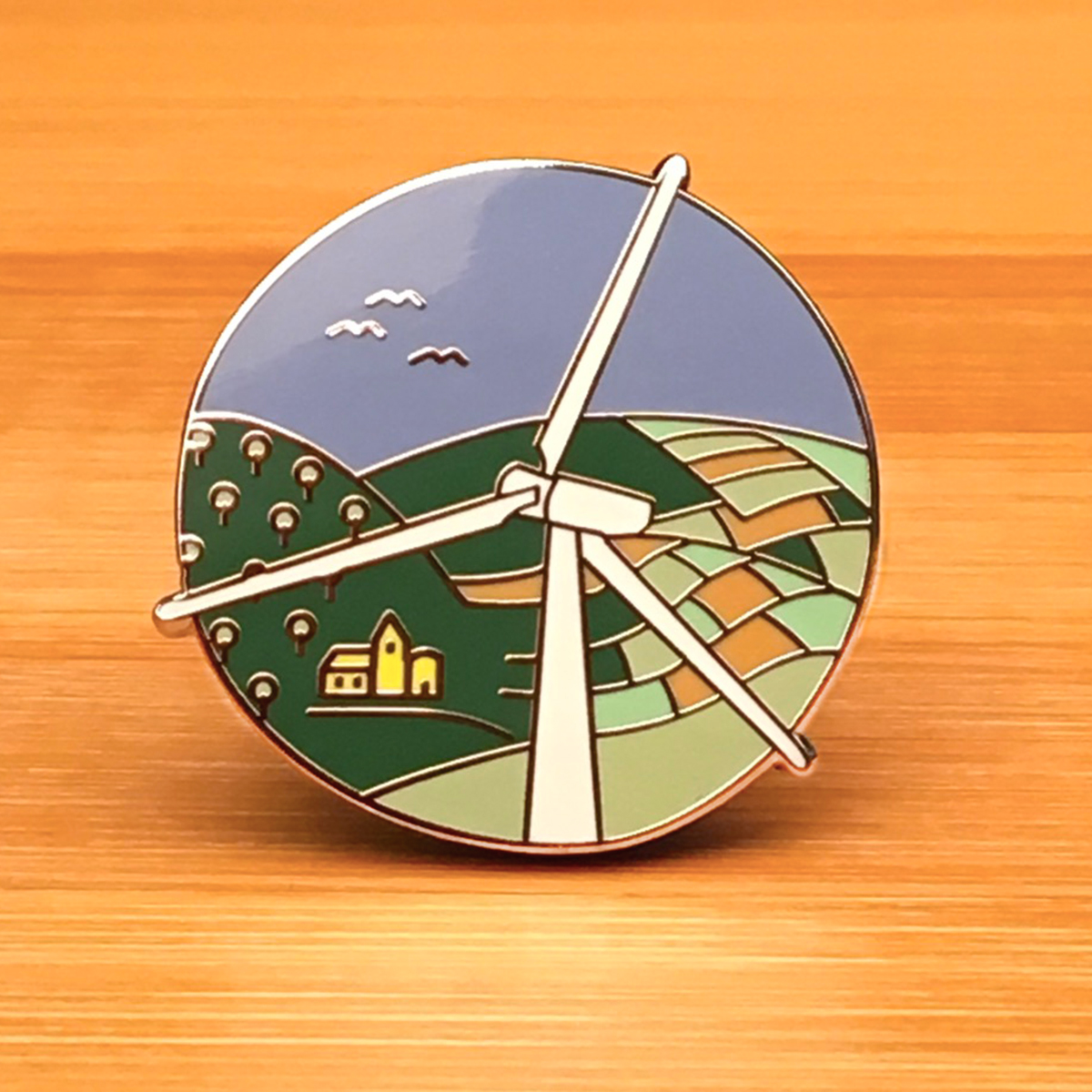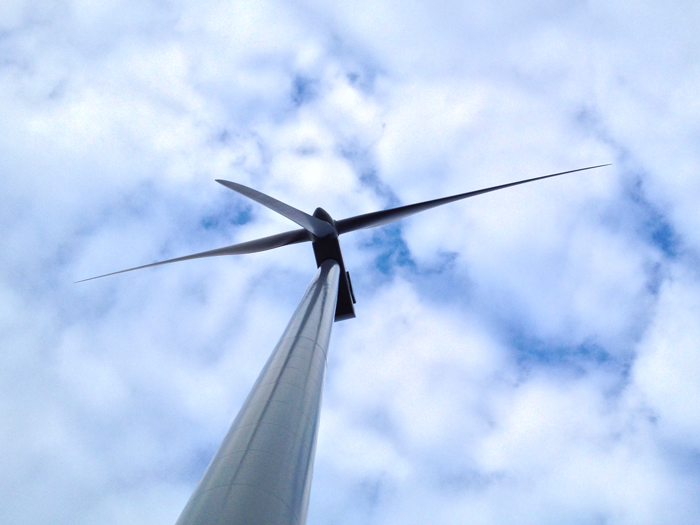Help Keep Birds From Flying Into Your Windows
As promised in the 06/16/19 post about Wind Energy, here is some information about bird-window collisions we hope will prove helpful.
The surprising numbers
Studies published in 2009 and 2014 showed the following approximate number of birds killed :
Wind farms in the US: 7000
Nuclear power plants: 327,000
Fossil-fueled power plants: 14.5 million
Collisions with windows: According to the World Animal Foundaton, 624 million annually in the US.
Why?
Birds cannot see the actual glass as a solid, so they don’t know there is a barrier there. They do see the landscape reflected in the glass, which looks to them like sky through which they can fly or trees and bushes in which they can land.
When the glass is not reflecting, and the view through it is clear, birds can see the inviting potted trees in the lobby or the park on the other side of the bus stop panel. Windows with another window on the opposite side of the room and corner windows at 90 degrees to each other look like open flight paths right through the building.
Helpful solutions
To reduce the likelihood of collisions, make the glass look like a barrier to the birds, while still letting light to the building interior and not completely block the view for the humans. A quick search of the internet or accessing the links below will show many easily homemade and commercially innovative ways to do this.
Indoors
Most solutions involve the outside surface of the glass.
Simply closing interior curtains or blinds will hide the interior potted plants. Drawing a curtain over the window on the opposite side of the room will remove the reason to try to fly straight through the building. And you can find collections of colorful dragonflies or butterfly window clings specifically marketed as anti-collision, with instructions that say to apply them only to the inside surface.
However, these solutions will not solve the problem of the sky and garden being reflected on the outside. When the glass is reflecting the landscape the birds won’t see the butterfly clings, only the reflected bushes they think will be a perfect place for a perch.
Outdoors
Placing something directly on the outer surface of the glass, or a few inches from it will minimize both the reflected landscape and the invisibility of the barrier
Keep in mind markings or coverings should be close enough so birds won’t be tempted to fly in between them, 2 inches high by 4 inches wide.
Markings
Draw a design or grid pattern with tempera paint or soap. But use something that will not wash off readily in the next rain storm.
Not one for freehand drawing? Stick weather resistant material to the glass, such as stickers, window clings, or tape.
Tinted translucent designs and sun catchers might be more pleasant to look through from the inside than masking tape and will make cool stained-glass effects.
American Bird Conservancy’s ABC Bird Tape is translucent when viewed from the inside and specially formulated to last four years when applied to clean windows. Cut it into shapes to make patterns. Find ideas on their website at the link above.
One-way films with line patterns, or an overall coating that appears clear from the inside but solid on the outside that you can stick to the glass as one big sheet also exist. Check out CollideEscape.org.
Bird-safe glass
If you are installing new windows, consider installing bird-safe glass. There are companies making glass tinted in colors that appear clear to humans but dark to birds. Use window glass that is pre-patterned with etched lines or decoration.
Scientists think birds can see ultraviolet light. They surmise one reason orb spiders may decorate their webs with UV reflecting strands is to keep birds from flying through them, and perhaps to camouflage themselves while sitting mid-web to keep birds from choosing them for lunch. Ornilux is a company making glass coated with UV reflective patterns that appear transparent to humans but are visible to birds.
Netting
Some deterrents can be installed a few inches from the outside glass surface.
Taught netting or mosquito screens installed about 3 inches from the glass might appear non-fly through, and if not, the bird will bounce back instead of crashing into the hard glass. Make sure the holes in the netting are small enough for the bird not to get caught, 5/8” or smaller.
Curtain
A curtain of vertical cord, installed to the frame on the outside of the window, is available for purchase, or you can make your own by hanging lengths of cord about 4 inches apart from the top of the window frame. Leave the ends just short of the bottom frame to blow pleasantly in the breeze, or attach them to the sill. Find instructions for making, photos of creative solutions for installing, and ready-made products to purchase, at Acopian Birdsavers.
Shutters
An old solution, closing the shutters on the outside of the building, will hide the window from the birds and keep the interior rooms cooler.
Awnings to shade the window, eliminating the reflection, works as long as there is not also the incentive to fly through to indoor foliage or through to an opposite window.
Feeder Placement
Putting your bird feeders closer to the house may entice the birds to slow down as they approach.
Advocacy
The sources below have more information on human-made dangers to birds. Did you know roaming pet and feral cats, basically an invasive species introduced by humans, kill four times as many birds as collisions with windows? Or that city lights confuse birds’ instincts to navigate by the moon and stars? The sites also provide information on what is being, and can be, done about them.
There are many ways you, as an individual, and companies and organizations you may be associated with can help bring the number of collisions down and keep our bird populations safe. If you already take measures to help the birds, thank you!
Sources
Sovacool, Benjamin K., 2009. “Contextualizing avian mortality: A preliminary appraisal of bird and bat fatalities from wind, fossil-fuel, and nuclear electricity,” Energy Policy, Elsevier, vol. 37(6), pages 2241-2248, June.
https://ideas.repec.org/a/eee/enepol/v37y2009i6p2241-2248.html
Scott R. Loss, Tom Will, Sara S. Loss, and Peter P. Marra “Bird–building collisions in the United States: Estimates of annual mortality and species vulnerability,” The Condor 116(1), 8-23, (2 January 2014).https://doi.org/10.1650/CONDOR-13-090.1
https://bioone.org/journals/The-Condor/volume-116/issue-1/CONDOR-13-090.1/Birdbuilding-collisions-in-the-United-States–Estimates-of-annual/10.1650/CONDOR-13-090.1.full
American Bird Conservancy
Stop Birds Hitting Windows
https://abcbirds.org/get-involved/bird-smart-glass/
CollideEscape.org
https://www.collidescape.org/
The Cornell Lab of Ornithology
All about Birds
Why Birds Hit Windows – And How You Can Help Prevent it, May 2017
https://www.allaboutbirds.org/why-birds-hit-windows-and-how-you-can-help-prevent-it/
Audubon
What does ‘Brid-Safe Glass’ Even Mean?
Clara Chaisson
https://www.audubon.org/news/what-does-bird-safe-glass-even-mean
Ornilux Bird Protection Glass
http://www.ornilux.com/
Austral Ecology, November 24, 2003
Effect of abiotic factors on the foraging strategy of the orb-web spider Argiope keyserlingi (Araneae: Araneidae)
M. E. Herberstein, A. F. Fleisch
https://onlinelibrary.wiley.com/doi/abs/10.1046/j.1442-9993.2003.t01-1-01319.x
Fatal Light Awareness Program, FLAP Canada
https://www.flap.org/






